- Messages
- 1,809
- Location
- Richfield, WI
I moved my wild pair of Pelvicachromis pulcher Ndonga from there humble 15 gallon tank into my newly redecorated 125 gallon West African tank. These are fish Ted brought back from his Cameroon trip and was gracious enough to share a pair with me. The fish have grow up a lot in the last two years with the male pushing 3 ½” (nearly 4”) and the female is just slightly smaller.
This is the first time in a long time that I have gotten a good look that these guys. I’m stunned by how beautiful they have become! Now to unlock the secrets to coaxing them into spawning…easier said then done as both Ted and I have spawned our fair share of Pelvicachromis and so far have been unable to get P. pulcher Ndonga to do anything!
Hopefully better pictures to come...I just wanted to be sure to get some shots while the fishwere out as they are extremely shy fish. The fish had been in the tank under 30 minutes when I shot these pictures.
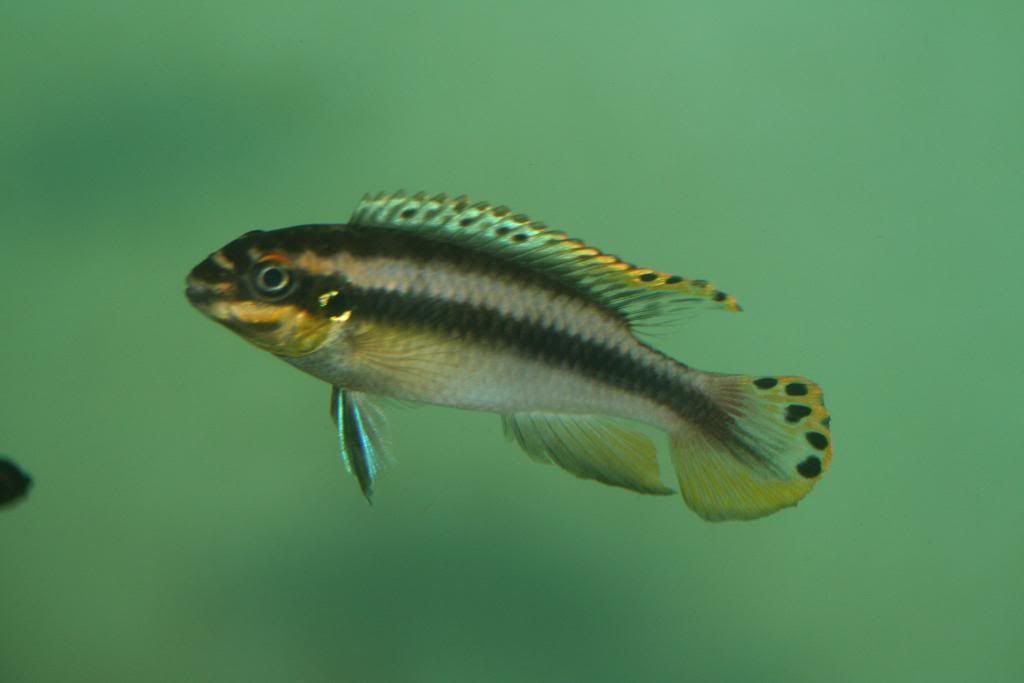
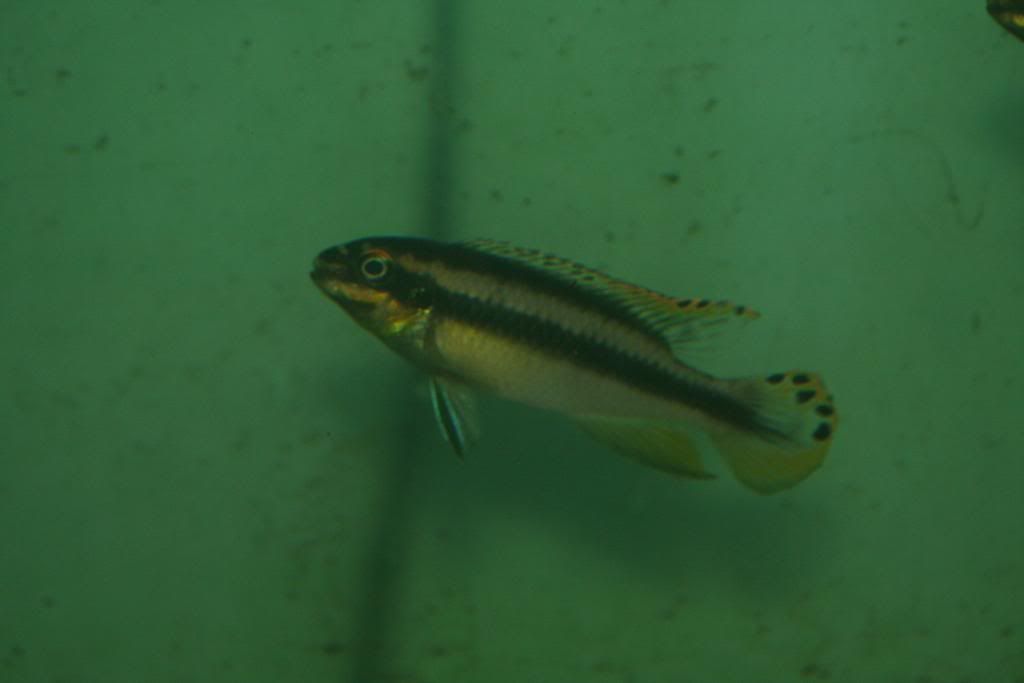
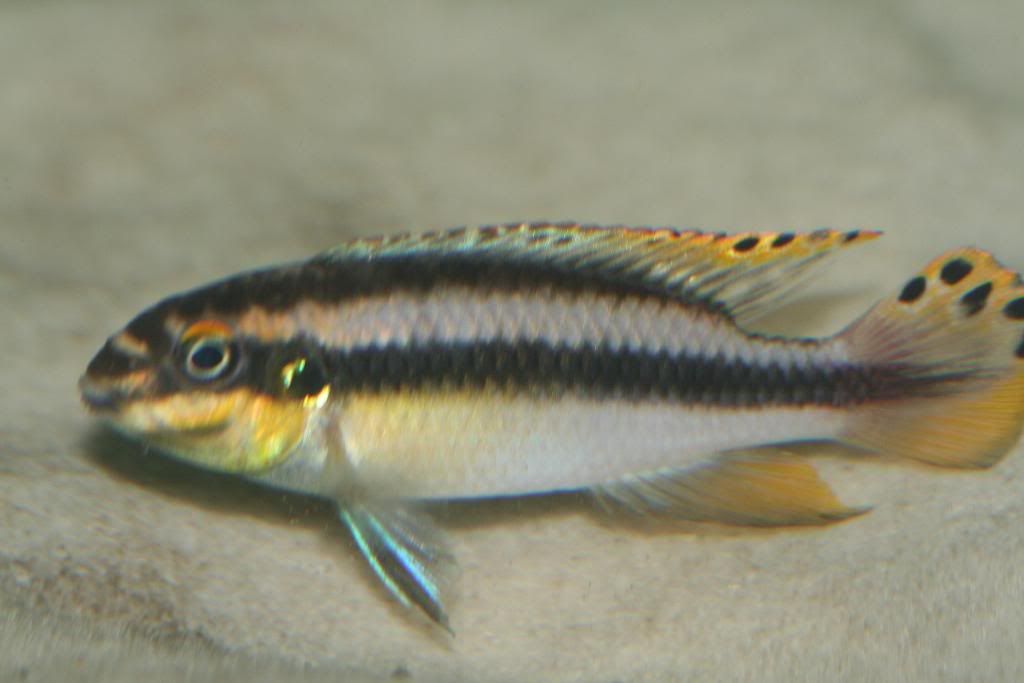
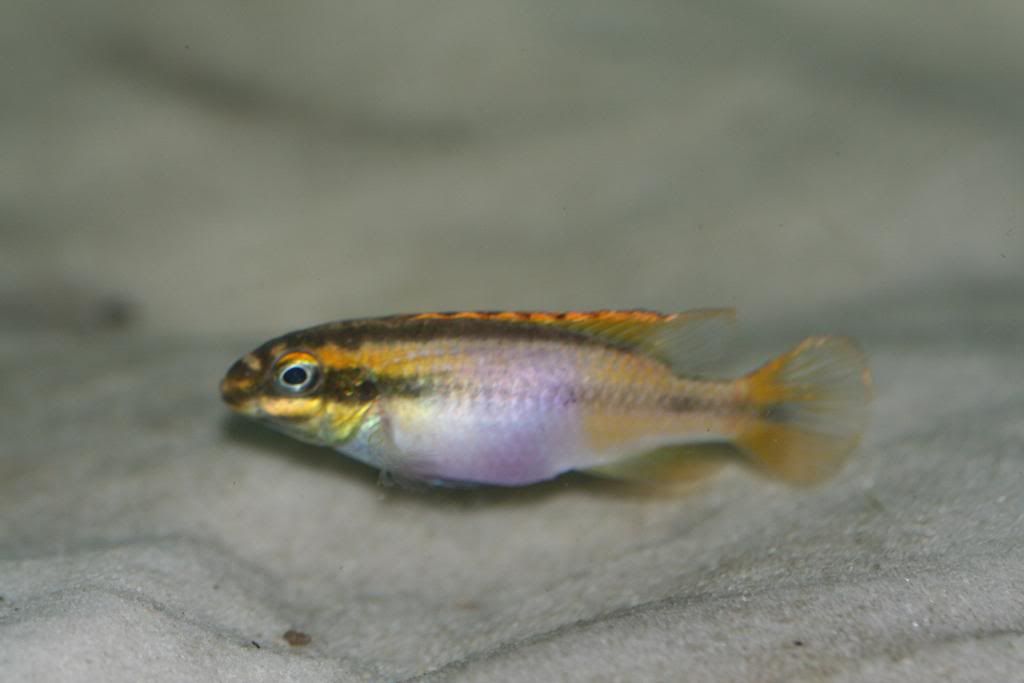
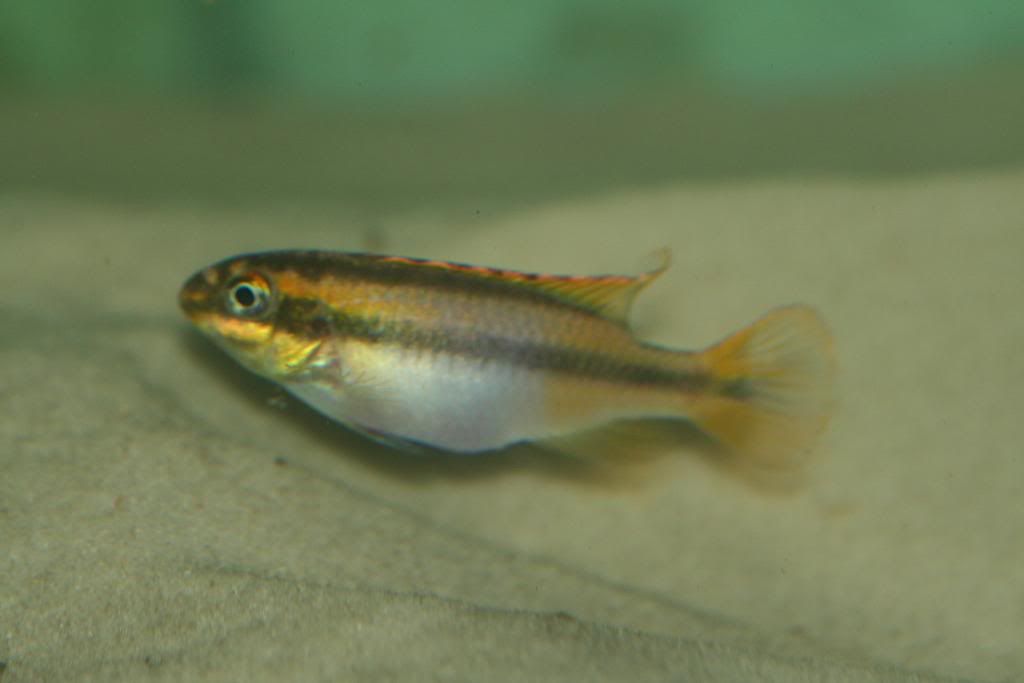
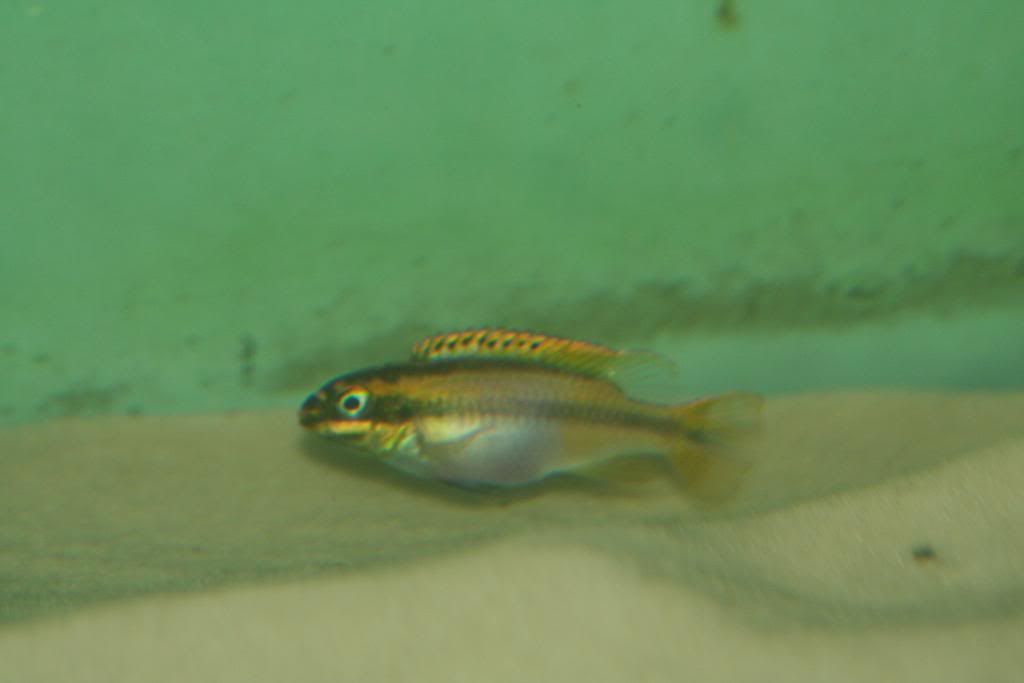
This is the first time in a long time that I have gotten a good look that these guys. I’m stunned by how beautiful they have become! Now to unlock the secrets to coaxing them into spawning…easier said then done as both Ted and I have spawned our fair share of Pelvicachromis and so far have been unable to get P. pulcher Ndonga to do anything!
Hopefully better pictures to come...I just wanted to be sure to get some shots while the fishwere out as they are extremely shy fish. The fish had been in the tank under 30 minutes when I shot these pictures.











